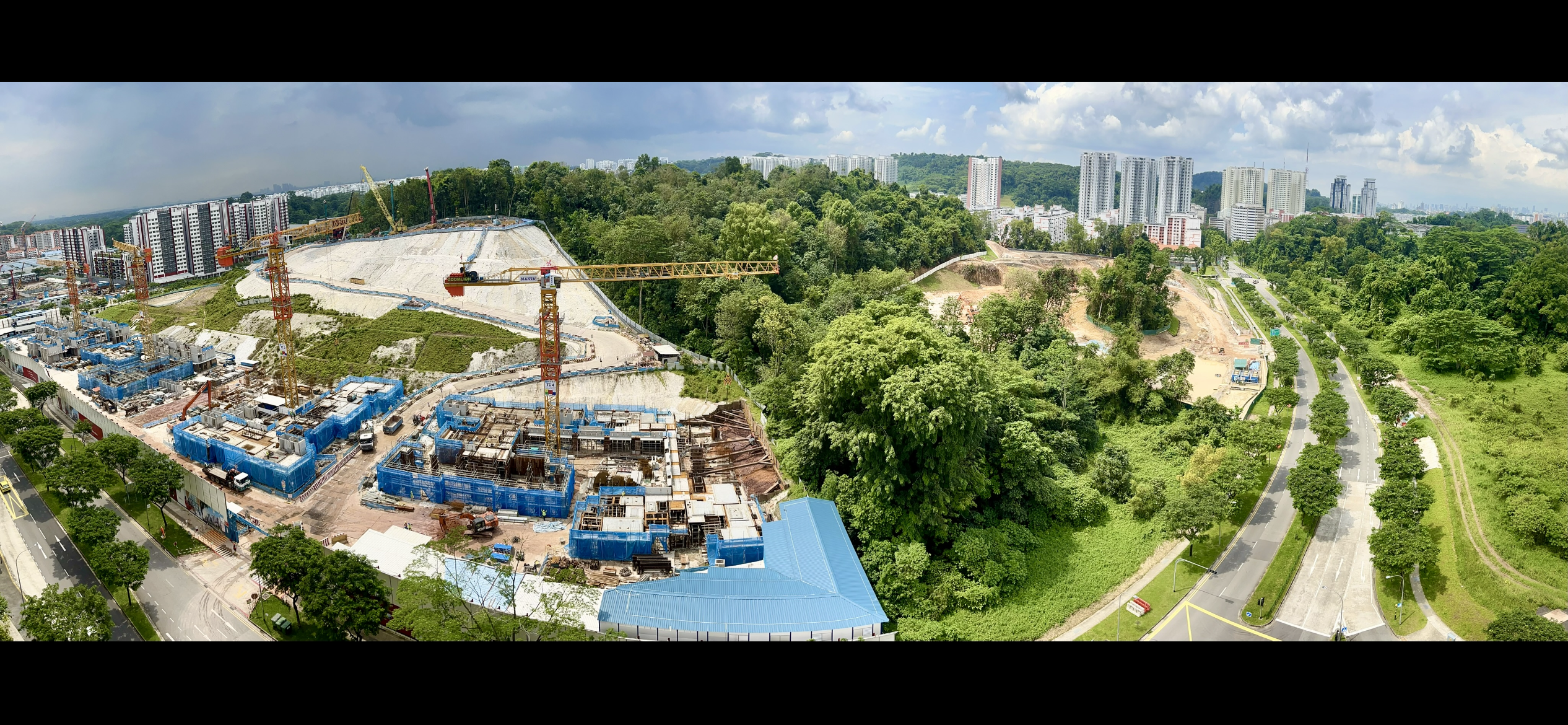November 2019
-
Concerns over potential risks of underground construction impacts on wildlife in central nature reserve
The following is my unpublished letter sent to Straits Times Forum. Dear ST Forum, I read with concern about the potential risks of underground MRT tunnel construction impacts on wildlife in the central nature reserve, as reported in the Straits Times on 9 September 2019. Despite the fact that EIA was carried out and mitigation… Continue reading
-
Spotted at night in Singapore: Colugo or Malayan Flying Lemur
Colobus or Colugo? If someone were to ask me about these two animals ten years ago, I would say I have heard of the Colobus but not the Colugo. Why is that so? Because I used to read Gerald Durrell’s books on his fascinating wildlife experiences during my teenage years. One… Continue reading
